
Brown Web of Debt The Shocking Truth about our Money System (3rd ed)
.pdf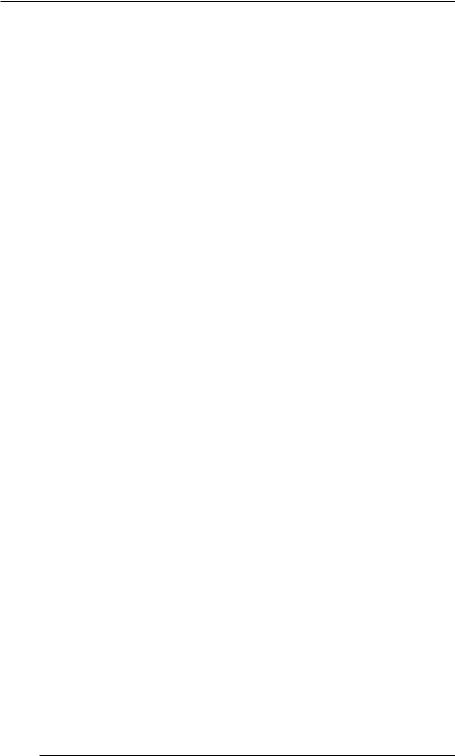
Chapter 20 - Hedge Funds and Derivatives
Derivative Wars
The seismic power of the new derivative weapons was demonstrated in 1992, when George Soros and his giant hedge fund Quantum Group, backed by Citibank and other powerful institutional speculators, used derivatives to collapse the currencies of Great Britain and Italy in a single day. The European Monetary System was taken down with them. According to White:
They showed that day that the speculative cancer that had been unleashed had grown beyond the point that monetary authorities could control. Farmers who have been ruined by short-sellers on commodities markets know what this is all about: selling what you do not own in order to buy it back later for less. . . . These are instruments of financial warfare, deployed against nations and the populations in much the same way the commodity market short-seller has been deployed to bankrupt the farmer.13
More than $60 billion were poured into the 1992 onslaught against European currencies, and this money was largely borrowed from giant international banks. A 1997 report by an IMF research team confirmed that to fuel a speculative attack, hedge funds needed the backing of the banks, since few private parties were willing or able to make those very large and very risky investments.14 By 1997, hedge funds had an estimated $100 billion in assets, which could be leveraged five to ten times, giving them up to a trillion dollars in battering power. An article in The Economist observed:
That may sound a lot, particularly if hedge funds leverage their capital. But consider that the assets of rich-country institutional investors exceed $20 trillion. Hedge funds are bit players compared with banks, mutual or pension funds, many of which engage in exactly the same types of speculation.15
George Soros raised this defense himself, when his giant hedge fund was blamed for the Asian currency crisis of 1997-98. In The Crisis of Global Capitalism, he wrote:
There has . . . been much discussion of the role of hedge funds in destabilizing the financial system . . . I believe the discussion is misdirected. Hedge funds are not the only ones to use leverage; the proprietary trading desks of commercial and investment banks are the main players in derivatives and swaps. . . . [H]edge funds as a group did not equal in size the proprietary trading desks of banks and brokers . . . . 16
196
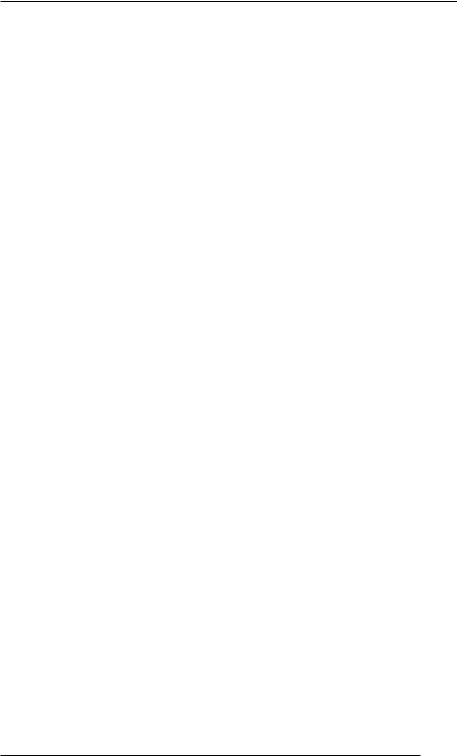
Web of Debt
Between 1996 and 2005, the number of hedge funds more than doubled, and their capital grew from $200 billion to over $1 trillion. Between 1987 and 2005, derivatives betting on international interest rate and currencies grew from $865 billion to $201.4 trillion. This explosion in derivative bets was matched on the downside by an explosion in risk. When a mega-corporation or a debtor nation goes bankrupt, the banks that are derivatively hedging its bets can go bankrupt too. When Russia defaulted on its debts, LTCM went bankrupt and threatened to take the banks with interlocking investments down with it. A November 2005 Bloomberg report warned:
The $12.4 trillion market for credit derivatives is dominated by too few banks, making it vulnerable to a crisis if one of them fails to pay on contracts that insure creditors from companies defaulting . . . . JPMorgan Chase & Co., Deutsche Bank AG, Goldman Sachs Group Inc. and Morgan Stanley are the most frequent traders in a market where the top 10 firms account for more than two-thirds of the debt-insurance contracts bought and sold.17
John Hoefle warns that the dog has already run out of blood. He writes:
We are on the verge of the biggest financial blowout in centuries, bigger than the Great Depression, bigger than the South Sea bubble, bigger than the Tulip bubble. The derivatives bubble, in which Citicorp, Morgan, and the other big New York banks are unsalvageably overexposed, is about to pop. The currency warfare operations of the Fed, George Soros, and Citicorp have generated billions of dollars in profits, but have destroyed the financial system in the process. The fleas have killed the dog, and thus they have killed themselves.18
How Can a Bank Go Bankrupt?
But, you may ask, how can these banks go bankrupt? Don’t they have the power to create money out of thin air? Why doesn’t a bank with bad loans on its books just write them off and carry on?
British economist Michael Rowbotham explains that under the accountancy rules of commercial banks, all banks are obliged to balance their books, making their assets equal their liabilities. They can create
197
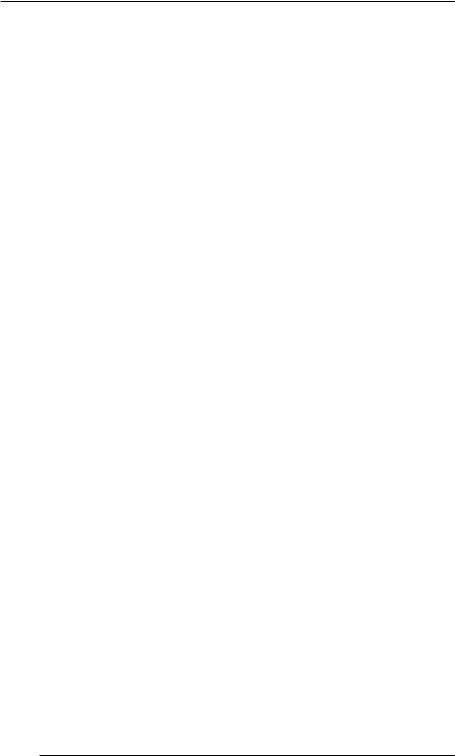
Chapter 20 - Hedge Funds and Derivatives
all the money they can find borrowers for, but if the money isn’t paid back, the banks have to record a loss; and when they cancel or write off debt, their total assets fall. To balance their books by making their assets equal their liabilities, they have to take the money either from profits or from funds invested by the bank’s owners; and if the loss is more than the bank or its owners can profitably sustain, the bank will have to close its doors.19 Note that the bank’s owners are not those multi-million dollar CEOs who control the company and pay themselves generous bonuses when they generate big new loans and fees, or the interlocking directorships that shower financial favors on their cronies. The owners are the shareholders. Like with the recent exploitation of the bankrupt energy giant Enron, the profiteers plunging ahead with reckless risk-taking are the management, who can take their winnings and walk away, leaving the shareholders and the employees holding the bag.
Individual profiteering aside, however, banks are clearly taking a risk when they extend credit. Bankers will therefore argue that they deserve the interest they get on these loans, even if they did conjure the money out of thin air. Somebody has to create the national money supply. Why not the bankers?
One problem with the current system is that the government itself has been seduced into borrowing money created out of nothing and paying interest on it, when the government could have created the funds itself, debtand interest-free. In the case of government loans, the banks take virtually no risk, since the government is always good for the interest; and the taxpayers get saddled with a crippling debt that could have been avoided.
Another problem with the fractional reserve system is simply in the math. Since all money except coins comes into existence as a debt to private banks, and the banks create only the principal when they make loans, there is never enough money in the economy to repay principal plus interest on the nation’s collective debt. When the money supply was tethered to gold, this problem was resolved through periodic waves of depression and default that wiped the slate clean and started the cycle all over again. Although it was a brutal system for the farmers and laborers who got wiped out, and it allowed a financier class to get progressively richer while the actual producers got poorer, it did succeed in lending a certain stability to the money supply. Today, however, the Fed has taken on the task of preventing depressions, something it does by pumping more and more credit-
198
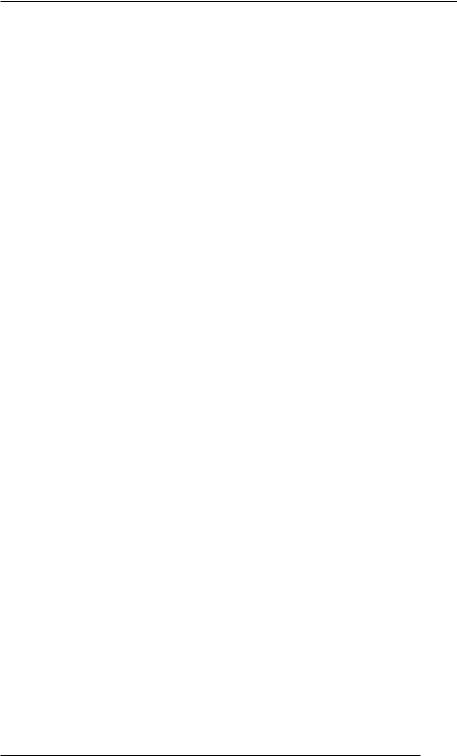
Web of Debt
money into the economy by funding a massive federal debt that no one ever expects to have to repay; and all this credit-money is advanced at interest. At some point, the interest bill alone must exceed the taxpayers’ ability to pay it; and according to U.S. Comptroller General David Walker, that day of reckoning is only a few years away.20 We have reached the end of the line on the debt-money train and will have to consider some sort of paradigm shift if the economy is to survive.
A third problem with the current system is that giant international banks are now major players in global markets, not just as lenders but as investors. Banks have a grossly unfair advantage in this game, because they have access to so much money that they can influence the outcome of their bets. If you the individual investor sell a stock short, your modest investment won’t do much to influence the stock’s price; but a mega-bank and its affiliates can short so much stock that the value plunges. If the bank is one of those lucky institutions considered “too big to fail,” it can rest easy even if its bet does go wrong, since the FDIC and the taxpayers will bail it out from its folly. In the case of international loans, the International Monetary Fund will bail it out. In Sean Corrigan’s descriptive prose:
[W]hen financiers and traders get paid enough to make Croesus kvetch for taking wholly asymmetric risks with phantom capital
– risks underwritten by government institutions like the Fed and the FDIC . . . . – this is not exactly a fair card game.21
For every winner in this game played with phantom capital, there is a loser; and the biggest losers are those Third World countries that have been seduced into opening their financial markets to currency manipulation, allowing them to be targeted in powerful speculative raids that can and have destroyed their currencies and their economies. Lincoln’s economist Henry Carey said that the twin weapons used by the British empire to colonize the world were the “gold standard” and “free trade.” The gold standard has now become the petrodollar standard, as we’ll see in the next chapter; but the game is still basically the same: crack open foreign markets in the name of “free trade,” take down the local currency, and put the nation’s assets on the block at fire sale prices. The first step in this process is to induce the country to accept foreign loans and investment. The loan money gets dissipated but the loans must be repaid. In the poignant words of Brazilian President Luiz Inacio Lula da Silva:
199
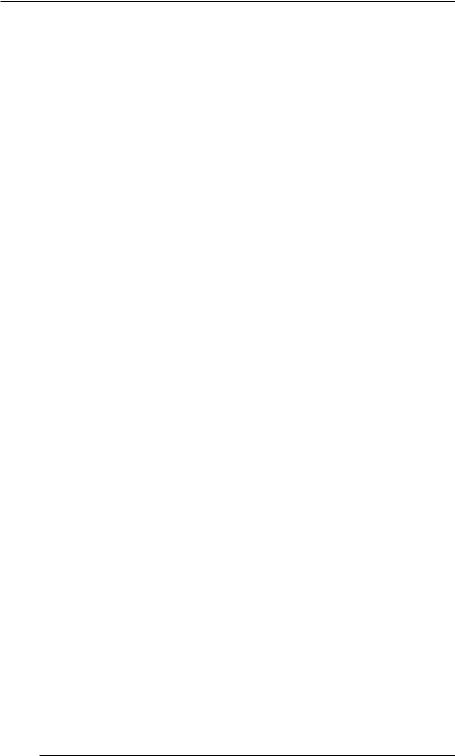
Chapter 20 - Hedge Funds and Derivatives
The Third World War has already started. . . . The war is tearing down Brazil, Latin America, and practically all the Third World. Instead of soldiers dying, there are children. It is a war over the Third World debt, one which has as its main weapon, interest, a weapon more deadly than the atom bomb, more shattering than a laser beam.22
The Third World is fighting back, in a war it thinks was started by the First World; but the governments of the First World are actually victims as well. As Dr. Quigley revealed, the secret of the international bankers’ success is that they have managed to control national money systems while letting them appear to be controlled by governments.23 The U.S. government itself is the puppet of invisible puppeteers . . . .
200
Section III
ENSLAVED BY DEBT:
THE BANKERS’ NET SPREADS
OVER THE GLOBE
“If I cannot harness you,” said the Witch to the Lion, speaking through the bars of the gate, “I can starve you. You shall have nothing to eat until you do as I wish.”
– The Wonderful Wizard of Oz, “The Search for the Wicked Witch”
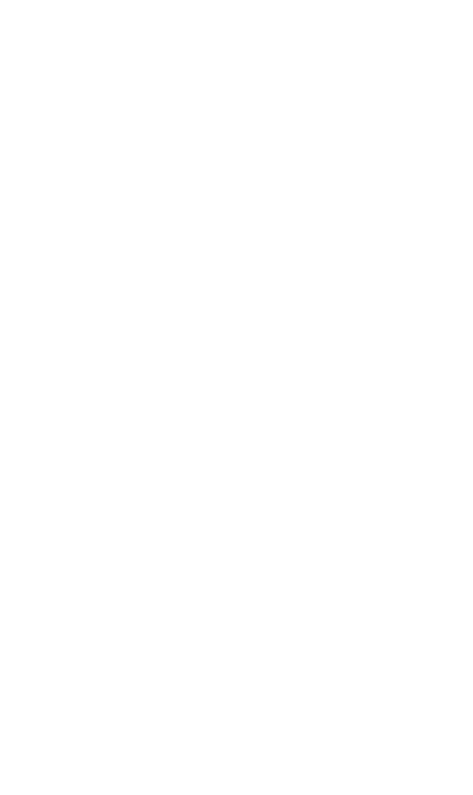
Chapter 21 - Goodbye Yellow Brick Road
202
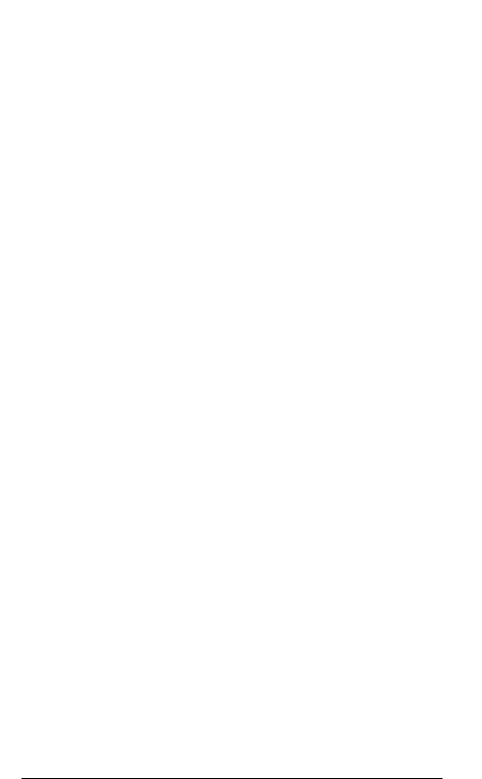
Web of Debt
Chapter 21
GOODBYE YELLOW BRICK ROAD:
FROM GOLD RESERVES
TO PETRODOLLARS
“Once,” began the leader, “we were a free people, living happily in the great forest, flying from tree to tree, eating nuts and fruit, and doing just as we pleased without calling anybody master. . . . [Now] we are three times the slaves of the owner of the Golden Cap, whosoever he may be.”
– The Wonderful Wizard of Oz, “The Winged Monkeys”
The Golden Cap suggested the gold that was used by international financiers to colonize indigenous populations in the nineteenth century. The gold standard was a necessary step in
giving the bankers’ “fractional reserve” lending scheme legitimacy, but the ruse could not be sustained indefinitely. Eleazar Lord put his finger on the problem in the 1860s. When gold left the country to pay foreign debts, the multiples of banknotes ostensibly “backed” by it had to be withdrawn from circulation as well. The result was money contraction and depression. “The currency for the time is annihilated,” said Lord, “prices fall, business is suspended, debts remain unpaid, panic and distress ensue, men in active business fail, bankruptcy, ruin, and disgrace reign.” Roosevelt was faced with this sort of implosion of the money supply in the Great Depression, forcing him to take the dollar off the gold standard to keep the economy from collapsing. In 1971, President Nixon had to do the same thing internationally, when foreign creditors threatened to exhaust U.S. gold reserves by cashing in their paper dollars for gold.
203
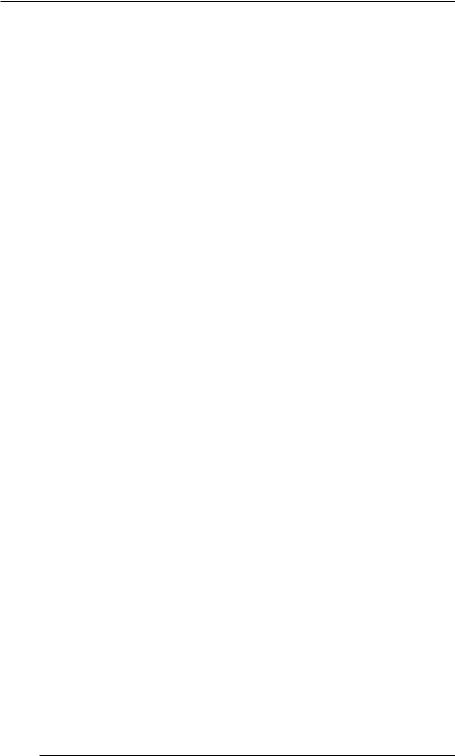
Chapter 21 - Goodbye Yellow Brick Road
Between those two paradigm-changing events came John F. Kennedy, who evidently had his own ideas about free trade, the Third World, and the Wall Street debt game . . . .
Kennedy’s Last Stand
In Battling Wall Street: The Kennedy Presidency, Donald Gibson contends that Kennedy was the last President to take a real stand against the entrenched Wall Street business interests. Kennedy was a Hamiltonian, who opposed the forces of “free trade” and felt that industry should be harnessed to serve the Commonwealth. He felt strongly that the country should maintain its independence by developing cheap sources of energy. The stand pitted him against the oil/banking cartel, which was bent on raising oil prices to prohibitive levels in order to entangle the world in debt.
Kennedy has been accused of “reckless militarism” and “obsessive anti-communism,” but Gibson says his plan for neutralizing the appeal of Communism was more benign: he would have replaced colonialist and imperialist economic policies with a development program that included low-interest loans, foreign aid, nation-to-nation cooperation, and some measure of government planning. The Wall Street bankers evidently had other ideas. Gibson quotes George Moore, president of First National City Bank (now Citibank), who said:
With the dollar leading international currency and the United States the world’s largest exporter and importer of goods, services and capital, it is only natural that U.S. banks should gird themselves to play the same relative role in international finance that the great British financial institutions played in the nineteenth century.
The great British financial institutions played the role of subjugating underdeveloped countries to the position of backward exporters of raw materials. It was the sort of exploitation Kennedy’s foreign policy aimed to eliminate. He crossed the banking community and the International Monetary Fund when he continued to give foreign aid to Latin American countries that had failed to adopt the bankers’ policies. Gibson writes:
Kennedy’s support for economic development and Third World nationalism and his tolerance for government economic planning, even when it involved expropriation of property owned by interests in the U.S., all led to conflicts between Kennedy and elites within both the U.S. and foreign nations.1
204
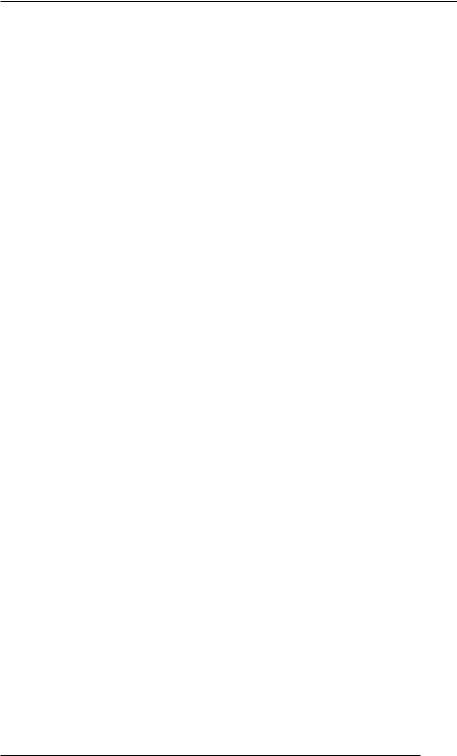
Web of Debt
There is also evidence that Kennedy crossed the bankers by seeking to revive a silver-backed currency that would be independent of the banks and their privately-owned Federal Reserve. The matter remains in doubt, since his Presidency came to an untimely end before he could play his hand;2 but he did authorize the Secretary of the Treasury to issue U.S. Treasury silver certificates, and he was the last President to issue freely-circulating United States Notes (Greenbacks). When Vice President Lyndon Johnson stepped into the Presidential shoes, his first official acts included replacing government-issued United States Notes with Federal Reserve Notes, and declaring that Federal Reserve Notes could no longer be redeemed in silver. New Federal Reserve Notes were released that omitted the former promise to pay in “lawful money.” In 1968, Johnson issued a proclamation that even Federal Reserve Silver Certificates could not be redeemed in silver. The one dollar bill, which until then had been a silver certificate, was made a Federal Reserve note, not redeemable in any form of hard currency.3 United States Notes in $100 denominations were printed in 1966 to satisfy the 1878 Greenback Law requiring their issuance, but most were kept in a separate room at the Treasury and were not circulated. In the 1990s, the Greenback Law was revoked altogether, eliminating even that token issuance.
Barbarians Inside the Gates
Although the puppeteers behind Kennedy’s assassination have never been officially exposed, some investigators have concluded that he was another victim of the invisible hand of the international corporate/banking/military cartel.4 President Eisenhower warned in his 1961 Farewell Address of the encroaching powers of the militaryindustrial complex. To that mix Gibson would add the oil cartel and the Morgan-Rockefeller banking sector, which were closely aligned. Kennedy took a bold stand against them all.
How he stood up to the CIA and the military was revealed by James Bamford in a book called Body of Secrets, which was featured by ABC News in November 2001, two months after the World Trade Center disaster. The book discussed Kennedy’s threat to abolish the CIA’s right to conduct covert operations, after he was presented with secret military plans code-named “Operation Northwoods” in 1962. Drafted by America’s top military leaders, these bizarre plans included proposals to kill innocent people and commit acts of terrorism in U.S.
205
